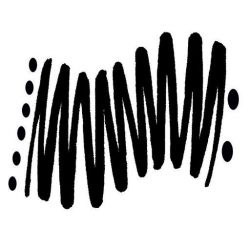I started playing traditional music whilst at university, falling in love with the sound of the melodeon and buying one on impulse, having to borrow half the money (£9!) to purchase an early twentieth century 10-key single-row melodeon that I saw in a junk shop window from the top deck of a bus one rainy afternoon in Lancaster.
I didn’t really know where to start with it, having had very little formal music education at school, being of the generation where if you didn’t pass an audition to get in the school choir, you were excluded from any other sort of musical experience. Sod it, I liked blues and folk music anyway, and what did school know about that? My brother gave me an acoustic guitar and I worked out the chords for The House of the Rising Sun and some blues runs and on an illicit visit to the school music room found I could play the first few notes of Sunshine of Your Love on the double bass. I realised you might be able to play music without the aid of music scores and tuition.
So me and the melodeon made our pact in the afternoons when nobody else was in the house and I bought something a bit more reliable and eventually took it out in public to Oily Joe’s Folk Club on the Dock Road in Liverpool.
Time to move from the north west, and on to the charms of rural East Anglia and its distinctive musical traditions. I spent many hours in pubs playing alongside traditional musicians including melodeon players Oscar Woods and Dolly Curtis and dulcimer players Billy Bennington and Reg Reader as well as coming under the influence of older generation players from further afield such as melodeon player Bob Cann (Devon), fiddle player Julia Clifford (Co. Kerry) and mouthorgan player Will Atkinson (Northumberland). Playing for stepdancing and ceilidhs became a regular occurrence and bands were formed, including the Old Hat Concert Party and a whole dynasty of Old Hat offspring.
In 2000, with the founding of the East Anglian Traditional Music Trust, the music of my adopted locality became a huge focus for research and performance. Outside of EATMT activities, I always had a much wider English repertoire sprinkled liberally with polkas and slides from Sliabh Luachra, marches and jigs from Quebec, singles and waltzes from Newfoundland and schottisches and barn dances from Australia.
I play and learn by ear and am a very instinctive musician. I am slow to make sense of written music – it’s still basically tadpoles on lines to me, although I understand the theory more these days, largely through the need to have a common vocabulary when working with, or teaching, others. I love the fact that learning by ear opens up music-making to people – like myself – who were made to feel like musical nincompoops in their school days, and I have taught many people to learn how to play instruments and how to express themselves musically in this way.
More details on my English music and Sliabh Luachra music pages.
Read more on my Bands and Instruments pages.

